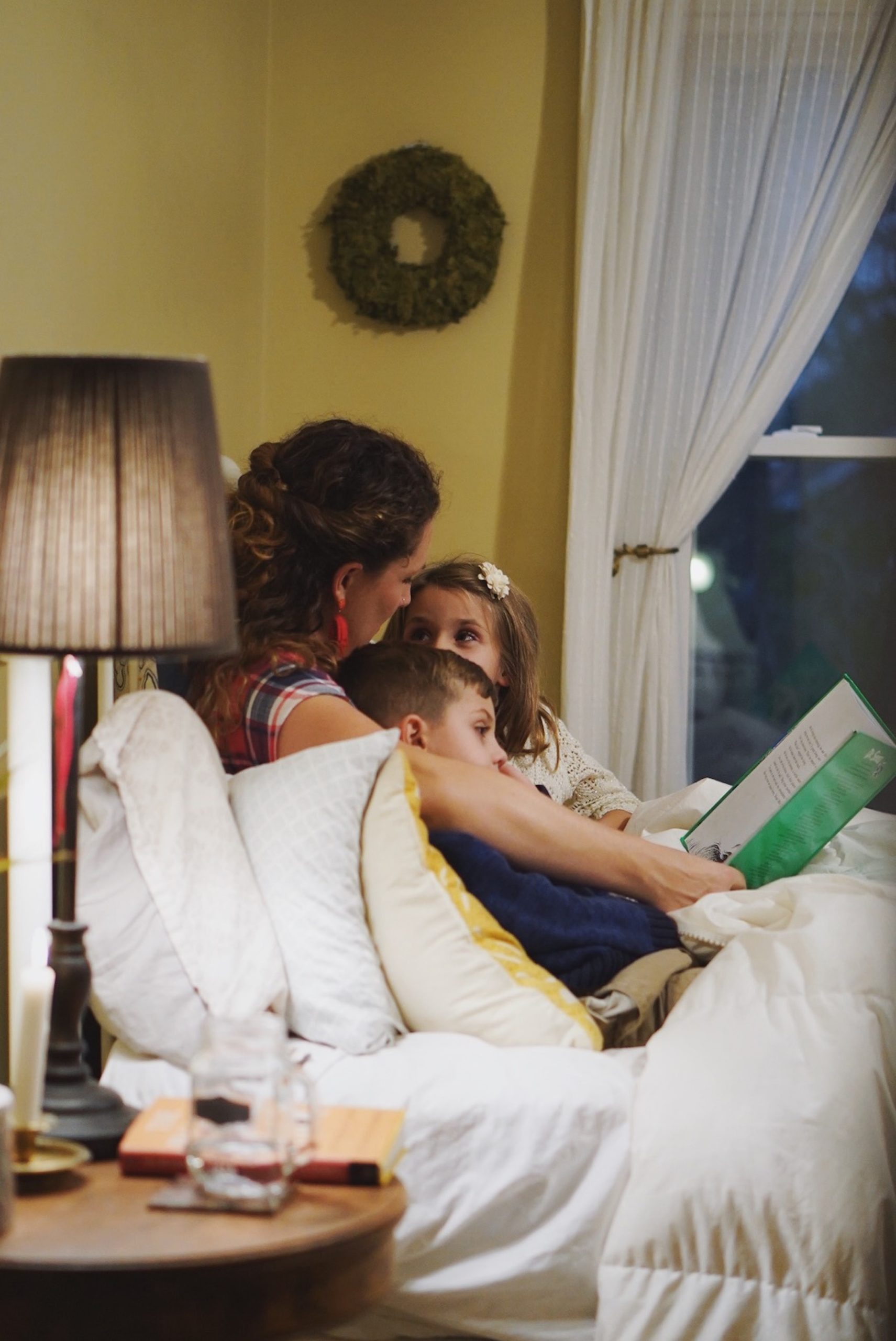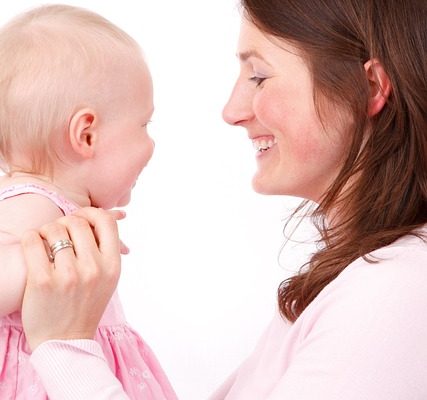Summary
– Benefits of swaddling a baby
– Precautions to take with swaddling
– Swaddling: until what age?
– Swaddling and baby’s hips
– Swaddling and carrying in a sling
Swaddling consists of wrapping baby tightly up to his shoulders in a swaddling cloth or blanket, which reminds him of his life in his mother’s womb, making him feel secure and calm. This quietness would calm his crying and would help him sleep.
Let’s look at its benefits, but also some contraindications.
Benefits of swaddling a baby

Swaddling, by its comforting effect, is used in the premature baby but also in the baby born at term in good health. Some babies fall asleep more deeply when swaddled. They don’t wake up as much when they are swaddled. Other babies, when they cry a lot, calm down in this very soft nest.
Before swaddling your child, make sure:
– he or she is not hungry;
– that his diaper is changed and therefore clean;
– that he has no physical pain, that he has no fever;
– that he doesn’t simply want to be snuggled up to you.
Precautions to take with swaddling
When swaddling your baby, follow our tips:
– Don’t wrap your baby very tightly, as this can cause too much pressure on the lungs and induce breathing problems.
– Make sure your hand can easily slip between the diaper and your baby.
– Also, check that his legs can move to avoid hip problems.
– Use a soft, lightweight fabric that is not too thick, as swaddling can increase your child’s body temperature (a factor in sudden infant death syndrome).
– Remember to check often to make sure your baby isn’t too hot.
Good to know: put your baby to sleep on his or her back, especially when swaddled. 30% of babies who died from cot death were put to sleep on their stomachs or sides.
Swaddling: until what age?

Swaddling should not go beyond the first three months of life because, after that, your baby will move around more and then turn over on his or her own. He will discover and touch his body more and more and like to wriggle freely.
Good to know: each newborn and each parent is unique. Some prefer to be cuddled together for a long time. Others prefer swaddling. It also depends on the time of day and the events of the day. There are never any set rules. Just listen to your baby and your intuition.
Swaddling and baby’s hips
Until the 1960s, babies were swaddled so that they would not discover themselves by moving and so that they would feel safe, as when they were wrapped in/by their mother’s womb. But this custom would prevent the natural movement of the hips and legs. Movement helps the head of the femur to fit harmoniously on the pelvis in a cartilage and bone socket called the acetabulum. This is why swaddling of infants was discontinued. Now, as a precaution, it’s best not to swaddle your baby for too long in a day. Do it for nap time or during the night. Remember not to wrap your baby too tightly in the blanket or diaper to allow for freedom of movement.
Good to know: a systematic examination at birth checks your baby’s hips to make sure there are no abnormalities: unstable hip, or dislocation. If necessary, treatment will allow recentering the head of the femur in the acetabulum to prevent dislocation and its effects in the long term (lesion, limping, pain, arthrosis).
Swaddling and carrying in a sling
This method of carrying the child in a sling is not only beneficial to the child’s health but also to the development of the hips because the child sits with his or her legs apart, whether he or she is carried on his or her back, stomach, or hip. The ideal is to alternate carrying, then swaddling without excess.
Good to know: in Africa, problems of congenital hip dysplasia exist very little, the child being carried on his mother’s back.








[…] That’s it for swaddling a baby. You can read more here: When and How to Swaddle Your Baby […]
[…] Retirement homes offer many benefits to seniors looking for a safe, comfortable, and supportive living environment. From socialization and community to safety and security, maintenance-free living, health and wellness services, and convenience and amenities, retirement homes provide various services and amenities that can help seniors live their best lives. Sound off in the comments section below, and tell us what you want to read next and if you want to read more about living in a retirement home. […]